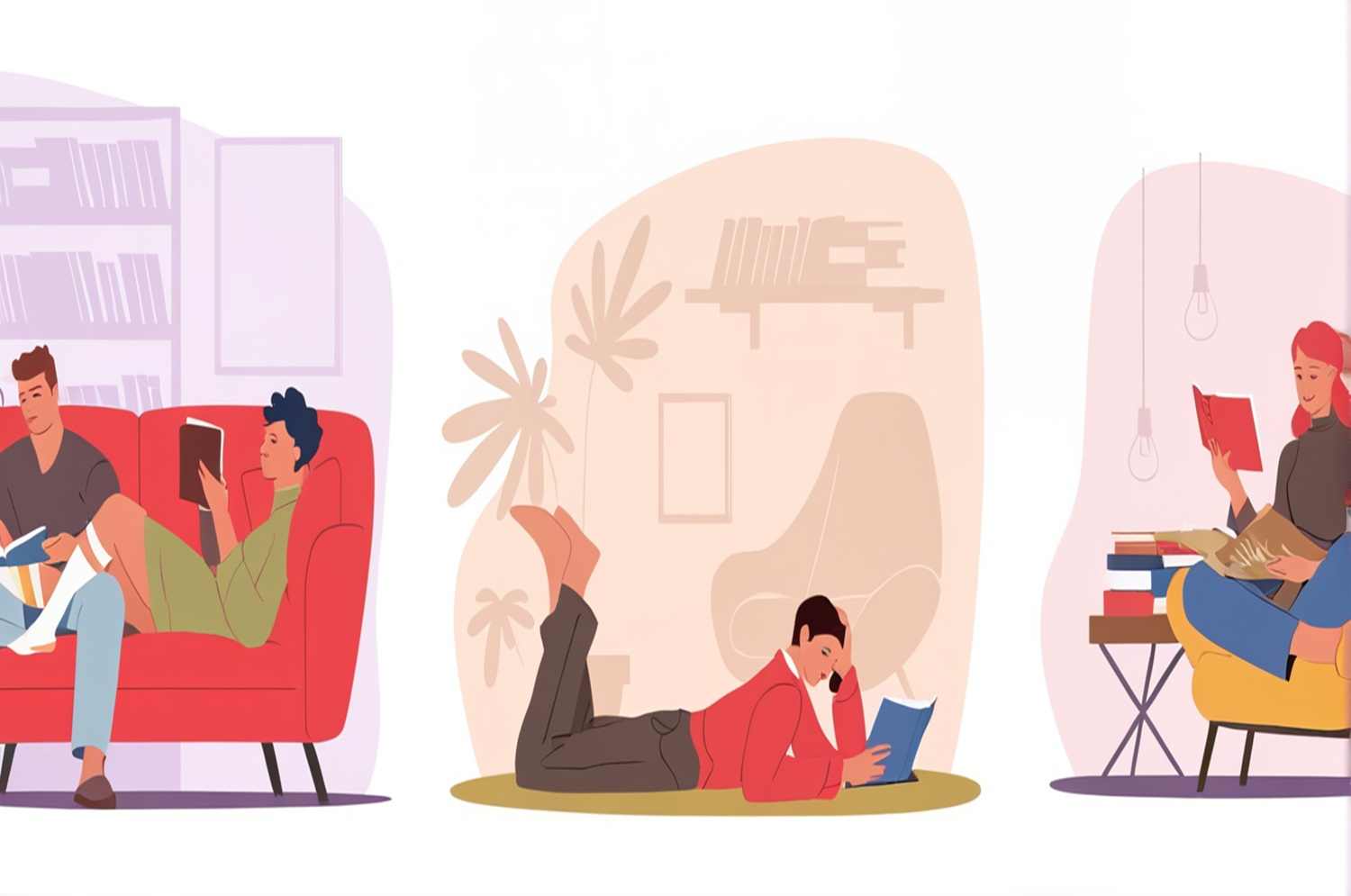Ever wondered why some couples are happiest just sitting quietly together? Psychologists call this parallel play—and it might be the ultimate relationship skill.
What Is ‘Parallel Play’ in Relationships?
The Psychology Behind Parallel Play
In developmental psychology, parallel play describes how young children play side by side without directly interacting but still feel comfort in each other’s presence. Applied to adult relationships, parallel play in relationships means partners can enjoy separate activities—reading, working, or pursuing hobbies—while being emotionally connected. Psychologists see it as a healthy balance of independence and intimacy. Instead of always needing shared tasks or conversations, couples cultivate a quiet sense of togetherness, which strengthens trust, reduces pressure, and nurtures long-term harmony.
How It Differs from Codependency or Disconnection
It’s important to distinguish parallel play in relationships from unhealthy dynamics like codependency or disconnection. In codependency, partners rely excessively on each other for validation, losing personal space. In disconnection, there’s emotional distance or lack of engagement. Parallel play, however, thrives on mutual respect: partners stay close while pursuing individuality. For instance, one partner might paint while the other studies—each absorbed, yet comforted by the other’s presence. This balance encourages growth, maintains individuality, and prevents emotional burnout, making relationships stronger and more sustainable over time.
Why Parallel Play Strengthens Couples
Building Emotional Security Without Words
Parallel play in relationships helps couples feel emotionally connected without the need for constant conversation. Simply being present with each other—reading, working, or relaxing side by side—creates a sense of security. This unspoken bond reassures both partners that love isn’t always measured by words but by shared presence and comfort.
Respecting Each Other’s Independence
One of the strongest benefits of parallel play in relationships is how it honors individuality. Couples don’t have to sacrifice personal hobbies or alone-time just to feel connected. Instead, they build a partnership where independence thrives alongside togetherness. This balance fosters trust and reduces feelings of pressure or dependency.
Quiet Moments That Deepen Intimacy
Not every intimate moment is filled with grand gestures or passionate conversations. Sometimes, quiet shared spaces nurture intimacy more deeply. Parallel play in relationships allows couples to experience closeness in silence—where comfort, safety, and mutual appreciation naturally deepen the bond. These small, consistent moments often become the foundation of long-term connection.
How to Practice Parallel Play With Your Partner
Simple Daily Activities for Beginners
Starting parallel play in relationships doesn’t require grand plans—it thrives in small, everyday moments. You and your partner can read books side by side, listen to your favorite playlists with headphones, or work on personal hobbies while sitting in the same room. Even cooking different dishes together in the kitchen counts as a form of parallel play. The goal isn’t to constantly interact, but to enjoy individual activities in shared space, building comfort and closeness through presence rather than constant conversation.
Balancing Togetherness and Alone Time
Healthy relationships strike a balance between intimacy and independence. Practicing parallel play in relationships allows both partners to recharge individually while staying emotionally connected. You can set aside certain evenings for joint activities like date nights, while also reserving time for parallel play. This balance prevents feelings of suffocation, encourages personal growth, and deepens respect for each other’s individuality. By combining quality time with parallel play, couples often find their bond becomes more resilient and fulfilling.
Common Mistakes to Avoid
A common mistake in parallel play is confusing silence with disconnection. Just because you’re not talking doesn’t mean you’re ignoring each other. Another pitfall is failing to set boundaries—parallel play works best when both partners agree on expectations. Avoid using it as a substitute for meaningful communication; it should complement, not replace, emotional connection. Finally, don’t overthink it—parallel play in relationships is about natural presence, not rigid rules. The beauty lies in comfortably sharing space without pressure.
Real-Life Examples of Parallel Play in Relationships
1. Couples reading together
One of the simplest examples of parallel play in relationships is when couples sit quietly side-by-side with their own books. There’s no need for conversation or shared activity, yet the closeness fosters comfort, connection, and a sense of companionship.
2. Working on separate hobbies in the same room
Whether one partner is painting while the other is coding, or one knits while the other plays guitar, engaging in different hobbies while staying in the same space reflects the beauty of parallel play in relationships. It allows partners to enjoy personal interests while still sharing presence.
3. Watching different content while sitting side-by-side
In today’s digital world, couples often stream different shows or scroll through separate feeds while sitting together. This modern twist on parallel play in relationships demonstrates how emotional closeness doesn’t always require doing the same activity, but simply enjoying life in shared proximity.
The Psychology Perspective: Why It Works
Attachment Theory Explanation
Psychologists often link parallel play in relationships to attachment theory, which suggests that healthy bonds thrive on both connection and autonomy. When partners engage in activities side by side—without constant interaction—they reinforce a secure attachment style. This balance allows individuals to feel loved and supported while still maintaining their independence, preventing the common pitfalls of over-dependence or emotional distance.
Stress Reduction and Emotional Regulation
Research shows that simply being near a loved one can lower cortisol levels, reduce stress, and improve emotional regulation. Parallel play in relationships works because it creates a calm environment where partners feel safe and understood, even in silence. This shared space acts as an emotional buffer, making it easier for both individuals to unwind, recharge, and handle life’s challenges together.
Relationship Satisfaction Studies
Multiple studies on long-term couples highlight that shared but independent activities increase relationship satisfaction. Rather than needing constant conversation, couples who practice parallel play in relationships report feeling closer and more connected over time. This quiet companionship fosters intimacy by showing that presence—not words—is often the most powerful form of love.
Potential Challenges and Solutions
When one partner misinterprets quiet time as neglect
In many cases, a partner may misinterpret moments of silence or personal focus as disinterest or emotional withdrawal. This misunderstanding can create unnecessary tension, especially if one partner views closeness as constant interaction.
Solution: Setting healthy expectations
The key lies in open communication and defining what “togetherness” really means for both partners. By clarifying that parallel play in relationships isn’t about avoidance but about shared presence with individual activities, couples can shift their perspective. Setting expectations—such as agreeing that it’s okay to read, work, or relax quietly in the same space—creates reassurance and prevents feelings of neglect.
Over time, these healthy boundaries allow both partners to enjoy connection without pressure, blending independence with intimacy.
Final Thoughts: A Modern Love Skill
In today’s fast-paced world, couples often feel pressured to constantly “do more” together, but the real strength of a relationship sometimes lies in doing less—side by side. Practicing parallel play in relationships allows partners to recharge, pursue individual interests, and still feel deeply connected. Unlike traditional bonding activities that demand constant interaction, this approach balances independence with intimacy.
Adding this skill to your relationship toolkit isn’t about creating distance; it’s about nurturing personal space while fostering emotional closeness. When two people can sit in silence, read, work, or relax together without pressure, it builds a quiet kind of trust that words often can’t capture.
Read Also:









